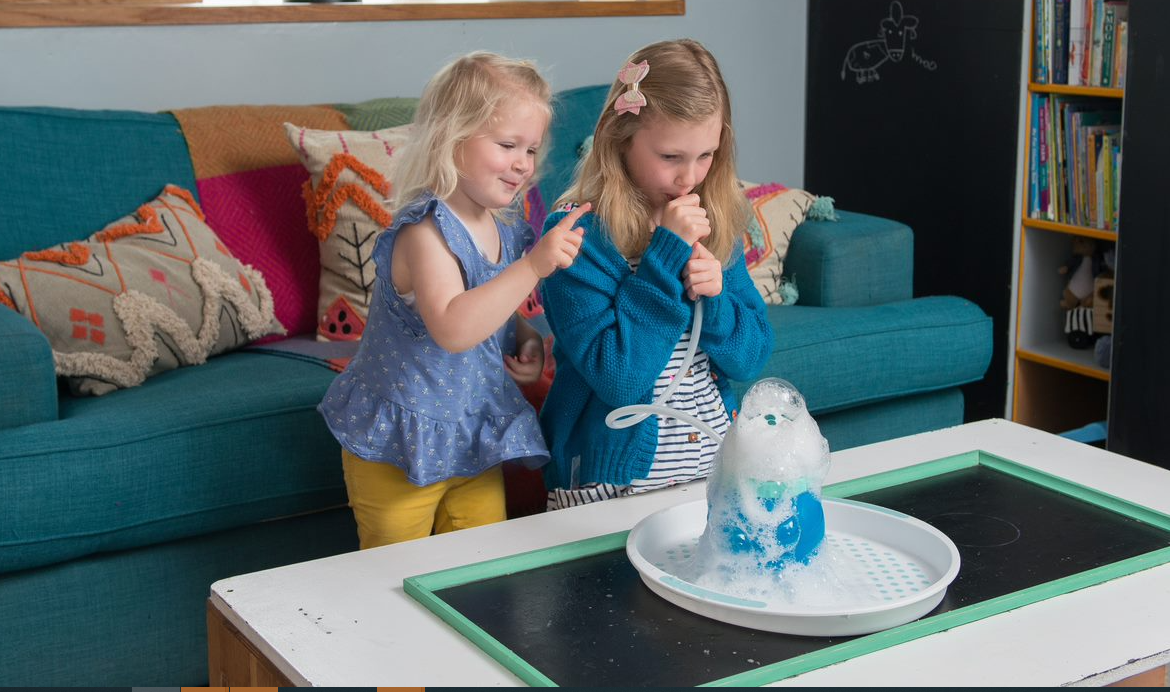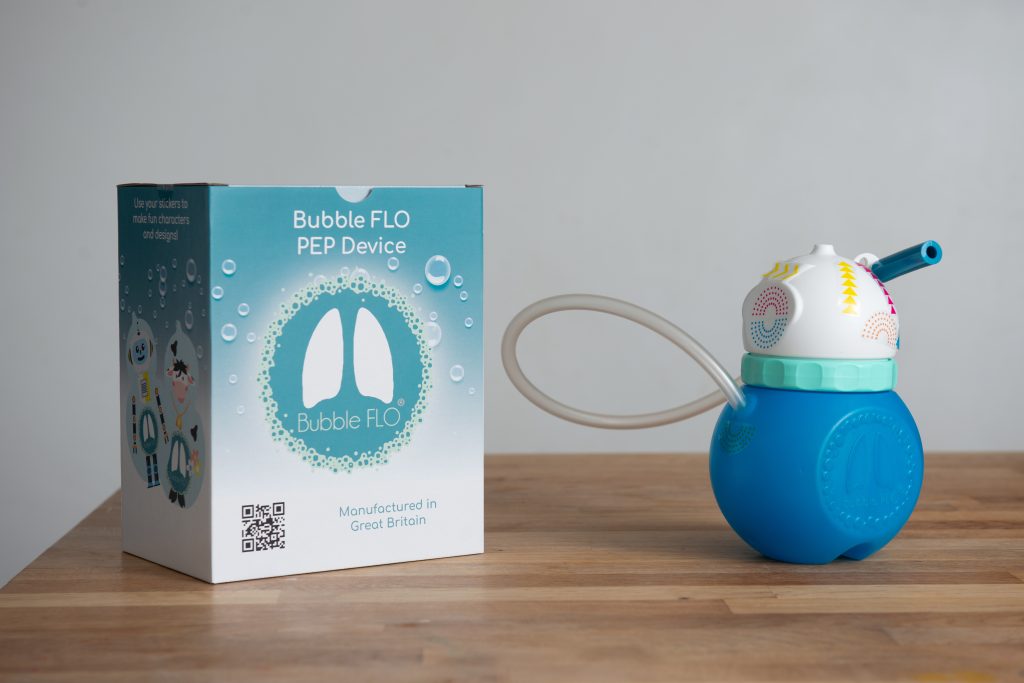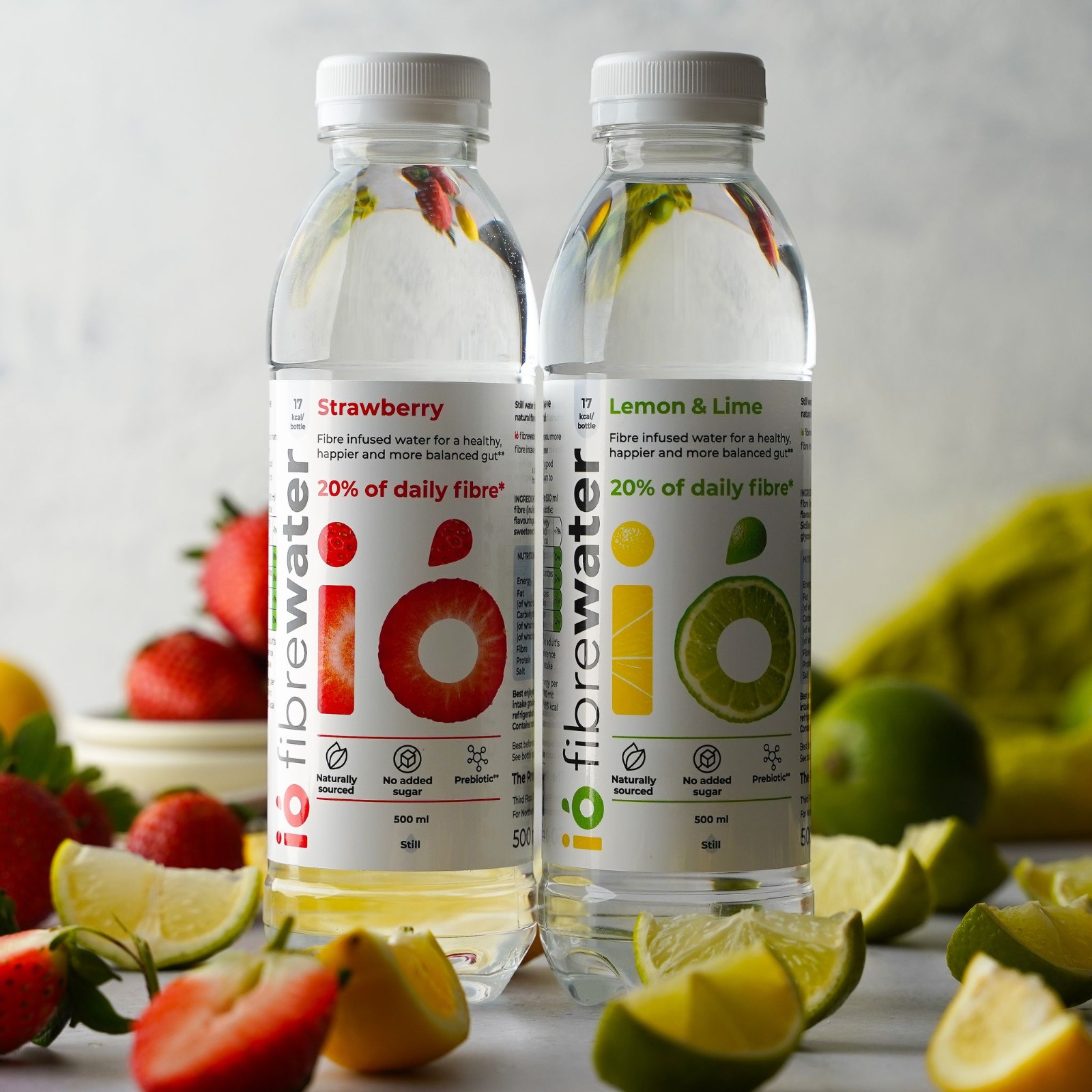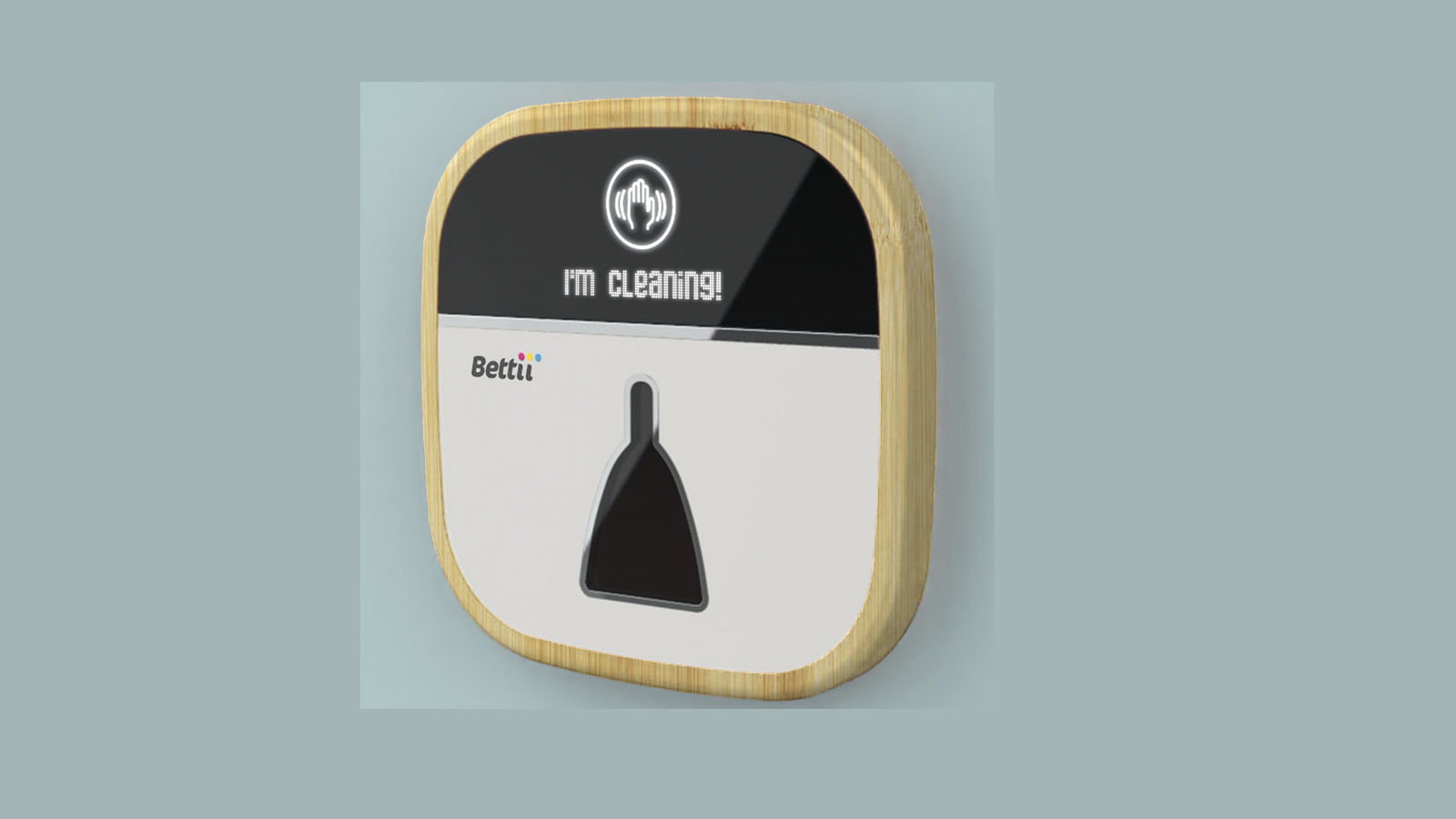Case Study
Bubble FLO®

Key Highlights
- Katie Vance founded Bubble FLO® to develop a child friendly, engaging and effective physiotherapy medical device the Bubble FLO® PEP (Positive Expiratory Pressure) Device following her daughter’s diagnosis of a lifelong respiratory condition.
- Katie discovered there was no specific Paediatric equipment available, so she decided to develop a Bubble PEP device which was fun, engaging, effective, aesthetically pleasing, portable and easy to empty and re-fill.
- To develop the concept Interface matched Katie with Kath Sharp from Glasgow Caledonian University, and NHS Team Lead in Paediatric physiotherapy and Professor Terence Gourlay, from the University of Strathclyde’s Biomedical Engineering Department.
- The company have benefitted from the University’s expertise in the development of prototypes, their laboratory evaluation and expertise in tooling design and production of the medical devices with the Bubble FLO® PEP is to begin clinical trials with the NHS shortly.
- Nominated for Innovator of the Year at the Scottish Knowledge Exchange Awards and won a Wild Card at the Scottish EDGE.
Partners
Edinburgh Napier University
Glasgow Caledonian University
University of Strathclyde
Sectors
Healthcare & Pharmaceuticals
Regions
Dumfries & Galloway
Overview
Bubble FLO® has created a fun, child friendly, visually engaging, and effective physiotherapy medical device the Bubble FLO® PEP (Positive Expiratory Pressure) Device for the treatment of chronic lung conditions.
Background
Bubble FLO® was set up by Katie Vance to develop a child friendly, engaging and effective physiotherapy medical device- a Bubble Positive Expiratory Pressure (PEP) Device for the treatment of chronic lung conditions.
Positive-expiratory-pressure (PEP) therapy is a respiratory therapy that applies resistance to expiration, to produce positive airway pressure. Since the 1930s, PEP has been used to improve oxygenation, increase lung volume and reduce venous return in patients with congestive heart failure. PEP improves collateral ventilation, secretion clearance, aerosol distribution and functional residual capacity. (Respiratory Care:April 2009, Vol 54, No.4)
Challenge
The idea of creating a Bubble PEP device evolved when Katie’s daughter was diagnosed with a lifelong respiratory condition and the equipment supplied to carry out vital twice daily physiotherapy was very basic and lacked visual engagement for children. Katie discovered there was no specific Paediatric equipment available, so she decided to develop a Bubble PEP Device which was fun, engaging and effective in clearing secretions from the lungs, and that was aesthetically pleasing, easily portable and easy to empty and re-fill.
The technology did not exist to meet these key practical needs and Katie recognised that such a product could be revolutionary in this critical field. The prototype that she developed was given very positive feedback from physiotherapists who worked with Katie’s daughter, and they expressed a need for a similar device for use by other patients and so Bubble FLO® was born.

Solution
To develop the concept Katie contacted Interface, who, after putting out a search to Scotland’s universities and research institutes, partnered her with Kath Sharp, NHS Team Lead in Paediatric physiotherapy at Glasgow Caledonian University, (who introduced the technique to the West of Scotland and acted as a consultant on the project), and Professor Terence Gourlay, from the University of Strathclyde’s Biomedical Engineering Department, who has extensive experience in the design, development and commercialisation of medical devices.
This collaborative project, funded by a Scottish Funding Council Innovation Voucher, focused on the development of a novel respiratory improvement technology aimed at the paediatric sector, but based on known and well-established approaches. The novelty in the proposed approach is centred around making what can be a tiresome therapy for children, fun and engaging.
The experience the Department of Biomedical Engineering has in the production of laboratory, test-ready prototype devices was applied to the project to produce near clinically deliverable prototypes of the proposed technology which were then successfully tested under laboratory conditions.
Subsequently Bubble FLO® was awarded a By Design Grant from Scottish Enterprise, which allowed the prototype design and ergonomics to be developed further.
Through the support of South of Scotland Enterprise, Bubble FLO® worked with an engineer to develop manufacturing tools, create 40 prototypes and completed bio burden and chemical compatibility testing.
Regulatory work has been completed with the support of CPI and Innovate UK to ensure the product is suitable for use.
BubbleFLO are hoping to start clinical trials with the West of Scotland Innovation Hub at the Royal Hospital for Children in Glasgow soon.
Interface have continued to assist Bubble FLO® brokering collaborations with the University of Strathclyde to create a brand and marketing strategy to target families of children with respiratory conditions and with Edinburgh Napier University to develop a “How to Set Up and Use” animated video with the aim of using animated characters to turn what can be a very daunting experience for a child into a fun and engaging one.
Benefits
As the Bubble FLO® PEP Device will be more engaging for children than the current NHS equipment; children will be much more motivated to carry out effective physiotherapy sessions and, in turn, this has the potential to save the NHS budget considerably through a reduction in hospital admissions for respiratory treatment.
Whilst initially, sales of the Bubble FLO® PEP Device will be to parents online, it is hoped the NHS will purchase this new medical equipment as a long-term investment to reduce their overall budget after completion of an upcoming clinical trial with the West of Scotland Innovation Hub, Royal Hospital for Children in Glasgow.
The development of the proposed technology will underpin the foundation of the commercial activity around this novel product. The company have benefitted from the University’s expertise in the development of prototypes, their laboratory evaluation and expertise in tooling design and production of the medical devices.
Subsequent collaborations have provided Bubble FLO® with a marketing and targeting strategy and produced a novel animated guide for children and parents to be able to use the device at home.
The academic partner has benefitted through this new research activity in the paediatric respiratory sector and in the use of this project as a case study for teaching purposes. In addition, the project fits very well with the Department’s objective of being supportive of the Scottish life science and med tech sectors.
This project was nominated for Innovator of the Year at the Scottish Knowledge Exchange Awards and won a Wild Card at the Scottish EDGE.


